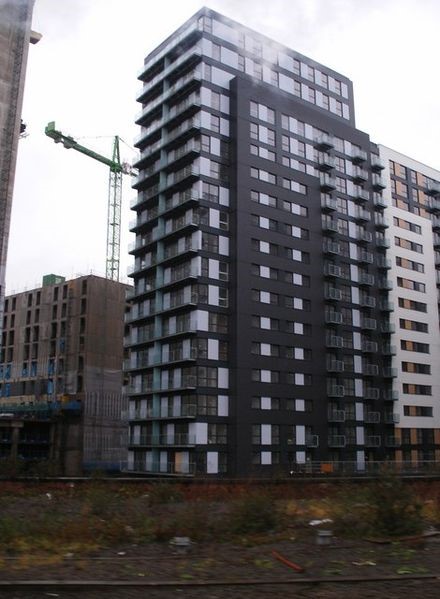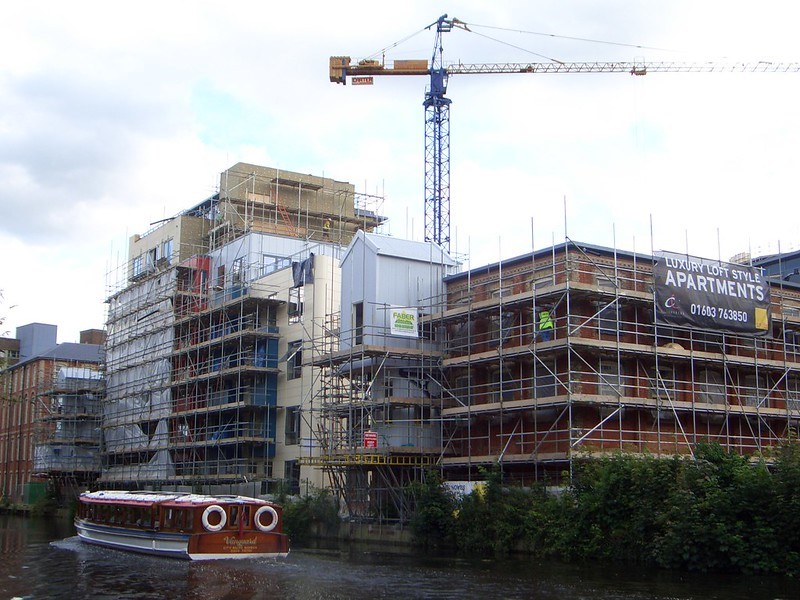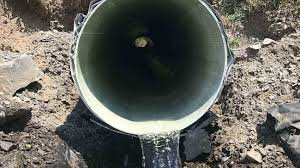Recently released figures show a rise of up to 57% in the building trade of ‘build to rent’ properties over the past year. The demand for these types of home has seen many companies offer a range of appealing incentives for renters and this is having an negative impact on private landlords as they try to compete.

Image Credit
Rental market

Construction firms building developments specifically for renters, are including a whole host of extras which private landlords can’t offer, for example, on site gymnasiums, new and modern appliances and furnishings, attractive lease agreements and in some cases, even building restaurants on site.
However, one advantage private landlords do have over the ‘build to rent’ developments, is that they are able to offer cheaper rent, on average by 10%.
Tenants
‘Build to rent’ properties are aimed at single professionals, professional couples, as well as young families, with some sites offering three and four bedroom homes. Families are also offered favourable and long term leasing agreements.
A growing number of people are renting their home and choosing not to buy, including those approaching middle age – https://www.bbc.co.uk/news/av/business-51588962/rising-number-of-middle-aged-people-still-renting-homes
Private landlords are coming under increasing pressure to ensure their properties are up to standard. New rules introduced last year give tenants the right to take landlords to court and claim compensation if the guidelines are not met. It is thought up to three million people, including those with young children are living in substandard accommodation that pose a health or safety risk. Up until recently, tenants had to contact their local authority environmental departments to request an investigation if they were concerned. If evidence was found, the landlord could be taken to court, but since last year, tenants can now take action themselves if their landlord doesn’t carry out necessary maintenance.
Construction
Builders need to be aware of the environmental impact of their constructions. Hydraulic tools are considered a greener option and using a hydraulic winch can have less impact on the environment compared to alternative machines. A hydraulic winch is used to move heavy loads and is essential for anyone working in the construction industry.
‘Build to rent’ properties need to meet with new building regulations and construction firms are facing mounting pressure to become more environmentally aware, both for the properties themselves, as well as the materials used to build them.



